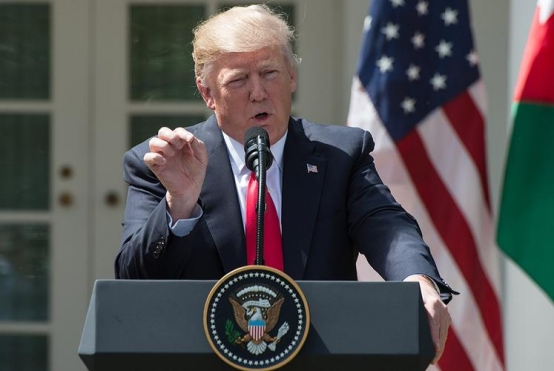Trump's tariff deadline extended to August 1! Japan, South Korea and 14 other countries face a minimum tariff of 25%, geopolitical risks resonate with the gold market
- 2025年7月10日
- Posted by: Macro
- Category: News


On July 7, local time, US President Trump announced that he would impose tariffs ranging from 25% to 40% on imports from 14 countries including Japan and South Korea from August 1, and signed an executive order to extend the suspension of "reciprocal tariffs" originally scheduled for July 9 to August 1. According to the letter released by Trump, Japan, South Korea, Malaysia and other countries will be subject to a 25% tariff, South Africa and Bosnia and Herzegovina will be 30%, Indonesia will be 32%, Thailand and Cambodia will be 36%, and Laos and Myanmar will be as high as 40%. Trump emphasized that if relevant countries adopt retaliatory tariffs, the United States will "reciprocally increase the tariffs" and encourage companies to build factories in the United States to circumvent tariffs.
2. The global trade pattern is facing reconstruction, and the internal rifts in the EU are deepening.
The tariff adjustment is a continuation of the Trump administration's "reciprocal tariff" policy. Since the launch of negotiations in April, the United States has only reached preliminary agreements with the United Kingdom and Vietnam, while negotiations with major trading partners such as the European Union, Japan, and South Korea have progressed slowly. The attitudes of the European Union towards the United States are divided: German Chancellor Merz calls for a quick compromise to avoid a shock to the manufacturing industry, while French President Macron insists on the "zero-to-zero" tariff principle and warns of countermeasures. South Africa questioned the US trade data, Brazilian President Lula blamed Trump for being "extremely irresponsible", and the Chinese Ministry of Foreign Affairs emphasized that "there are no winners in a trade war."
3. Fed policy expectations and market game
Market expectations for the Fed's monetary policy have become a key variable in gold's short-term volatility. Although the strong non-farm payrolls data in June weakened expectations for a rate cut in July, the market still generally expects the Fed to start cutting interest rates in September, with two cumulative rate cuts this year, each of 50 basis points. If the minutes of the June meeting released on Thursday send a dovish signal, the dollar may weaken further, pushing gold above the key resistance of $3,350 per ounce. On the contrary, if the minutes emphasize inflation risks, gold may face technical pullback pressure.
IV. Structural Changes and Long-term Logic
Since 2025, the gold market has shown a pattern of "consumption shrinkage and investment expansion". In the early Asian session on July 8, the London gold spot price opened at $3,338/ounce, reaching a high of $3,345.83/ounce during the session, rebounding nearly $49 from the previous day's low of $3,296.50/ounce, an increase of 1.28%.

